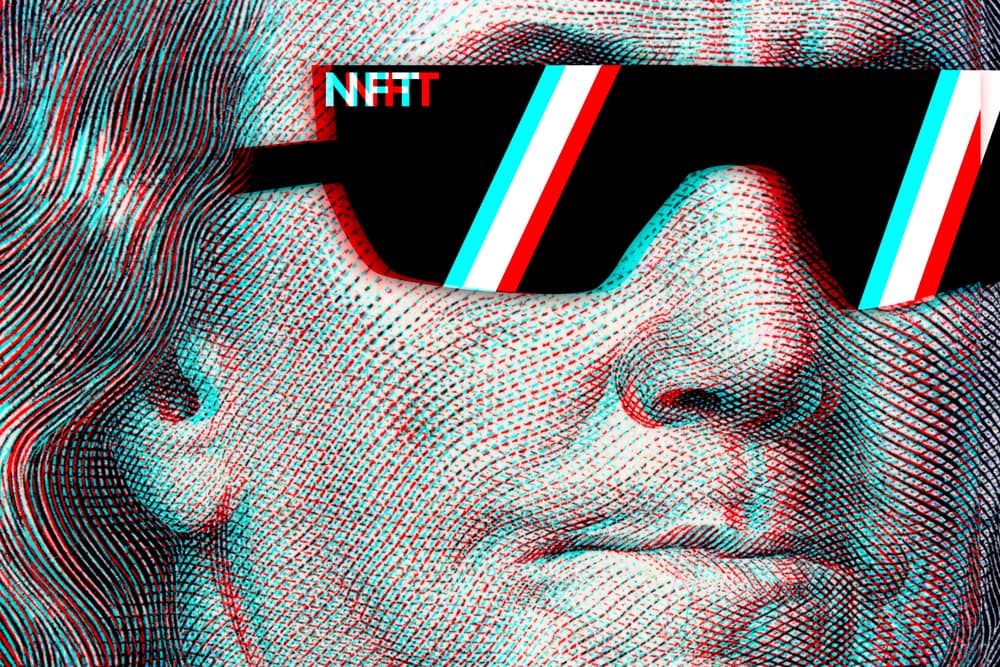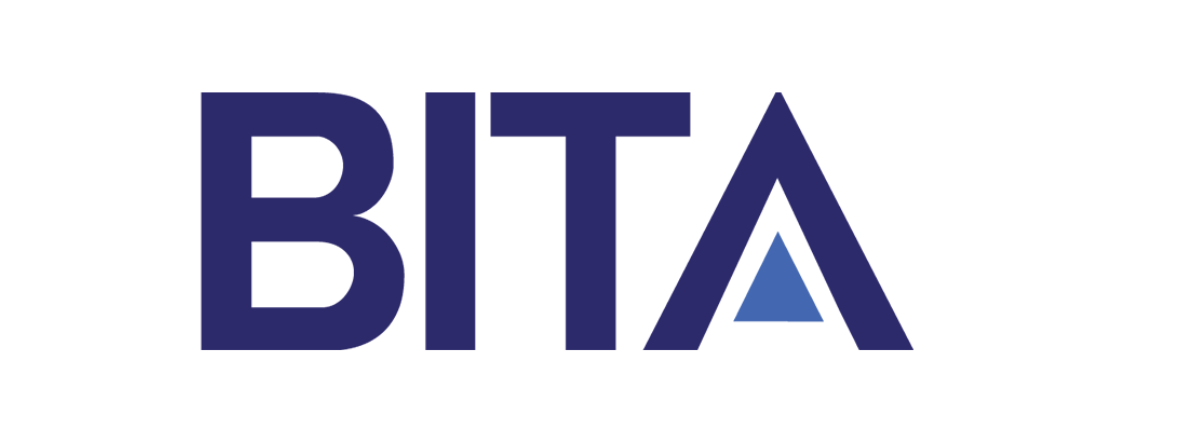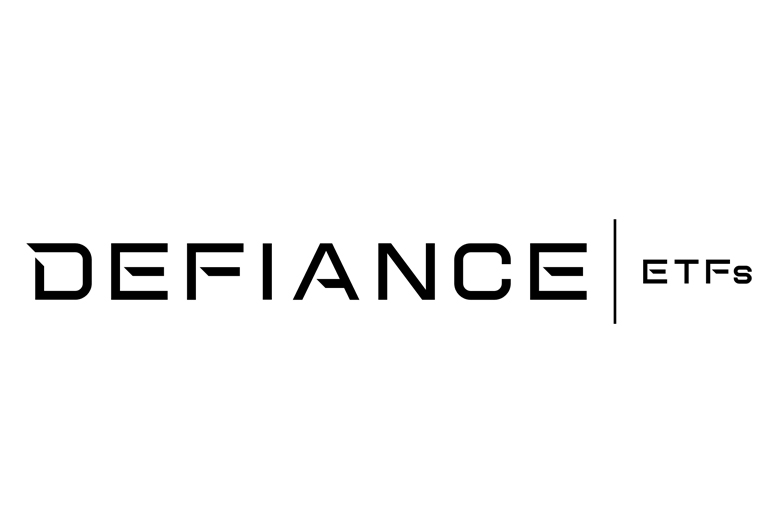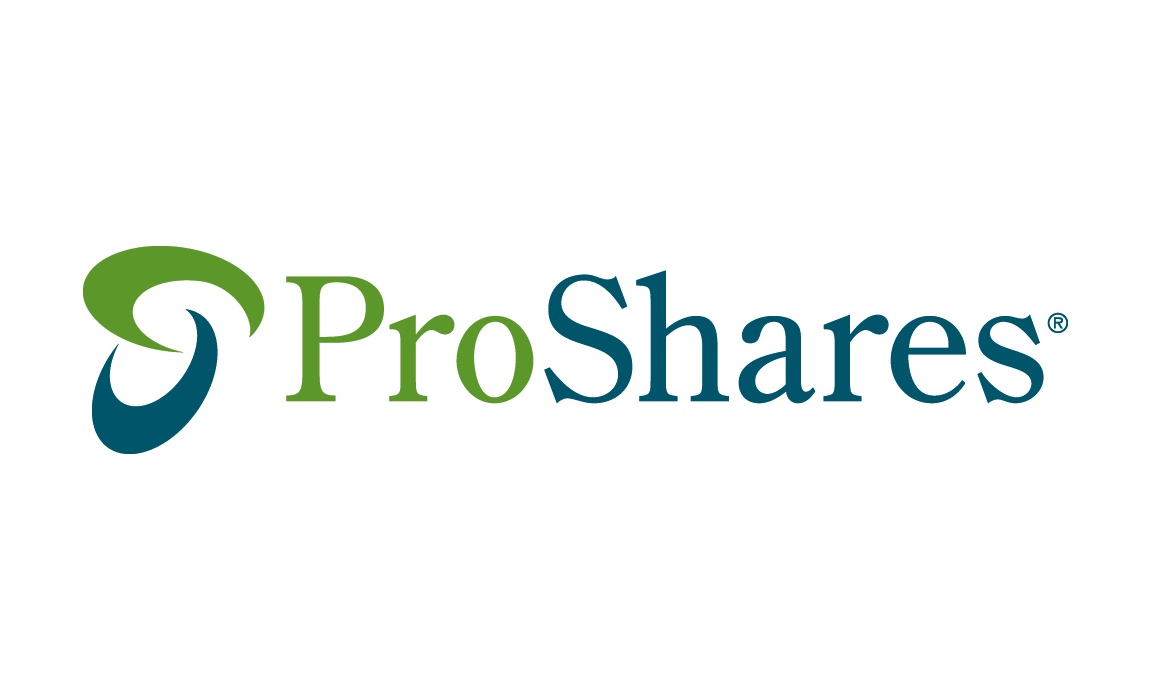The launch of the world’s first ETF targeting non-fungible tokens (NFT) likely attracted equal measures of curiosity and sceptical eye-rolling from different camps of investors, however, either would be mistaken for already having an established view on the still-maturing asset class.
The Defiance Digital Revolution ETF (NFTZ) launched on the New York Stock Exchange on 2 December, giving US investors access to a dual-themed wrapper focusing on NFTs and the blockchain industry.
Tracking the BITA NFT and Blockchain Select index, NFTZ’s basket captures 34 companies identified as deriving at least 50% of their revenue from blockchain, NFT and cryptocurrency-related activities.
On one side, NFTZ achieves its blockchain and crypto exposure with a 5.1% weight to SBI Holdings, 4.4% to Coinbase, 4.1% to Northern Data, 4.1% to Block Inc, 4% to Voyager Digital and so on.
However, its NFT allocations are a little less clear-cut. Victor Gomez, CEO of BITA, the provider of NFTZ’s underlying benchmark, said the index aims to capture the players involved in NFT marketplaces, trading and issuance.
This results in allocations such as 5% to eBay and its weighting to Coinbase, where consumers can now buy NFTs and a 4.8% allocation to DraftKings, which plans to launch its own series of NFTs.
As with many early-days themes, NFTZ relies on a lot of adjacent or partial exposures, where NFTs are not companies' primary focus or source of revenue.
Noting theme purity is a challenge for NFT exposures, Gomez told ETF Stream: “From an indexing perspective it is complex, there are not enough securities out there today to build a pure-play NFT index.
“You would probably end up with eight to ten securities globally with a deep exposure. What we did was combine NFTs with blockchain to make the product viable.”
This may be a limiting factor for those seeking liquid, securitised and wrapped exposure to the growing asset class at present but the timeline for significant developments to be made is not a long one, Gomez said.
“Over the next year, we expect there to be a lot of IPOs around the space as well as SPACs being used as vehicles for some companies to start trading publicly, so I do expect the opportunity to have a pure-play index will open up,” he said.
First, Gomez said he expects more venues for NFT trading to list and for trading platforms to begin incorporating NFTs more regularly.
Another key development, he said, would be access via listed investors and venture capital. Much as listed private equity ETFs offer investors liquid exposure to baskets of private equity ventures, Gomez argued listed companies specialising in NFT and crypto investment could offer an avenue in the next year or so.
Most significant, though, is the possibility of tokenisation and fractional ownership of NFTs within a wrapper, which would see NFTs go down a similar route to the one taken by crypto ETFs and exchange-traded products (ETPs).
“If the regulatory environment around crypto changes, funds and ETFs will be able to directly invest in NFTs and investors will not have to go through intermediaries.
“You will still need a wrapper which you will hold as a token or a security. For NFTs, you could wrap them in a type of fund structure.”
This might seem at odds with the “non-fungible” label on the proverbial NFT tin but Gomez said tokenisation would mean NFT trading would be no different to crypto or the fractional ownership and investment now available in physical artwork.
Should such regulatory shifts come to pass, Gomez said the next step would be blended NFT benchmarks.
“We are looking at – once the regulatory environment changes – providing multi-asset benchmarks with tokens and equities.”
All things being well, Gomez said a combination of NFT involvement in equities and tokenisation would enable BITA to develop a “completely pure exposure”.
While all these components might take some time to come to fruition, Gomez boldly claimed: “Your ETF one year down the line will be able to give you 100% exposure to NFTs.”
At the moment, NFTZ is the only NFT ETF on the market – and its US listing makes sense given there are a greater number of active, young investors in the US than Europe, using thematic products to target industries corresponding with their values and interests.
As far as NFT tokenisation is concerned within an ETF, the US poses a number of challenges. With the Securities and Exchange Commission (SEC) having only recently allowed futures-based bitcoin ETFs, the next step will be to allow ’40-Act’ physical bitcoin ETFs.
This will ultimately dictate the timeline of associated alternatives, such as altcoins and NFTs, being brought into wrapped form.
Related articles





